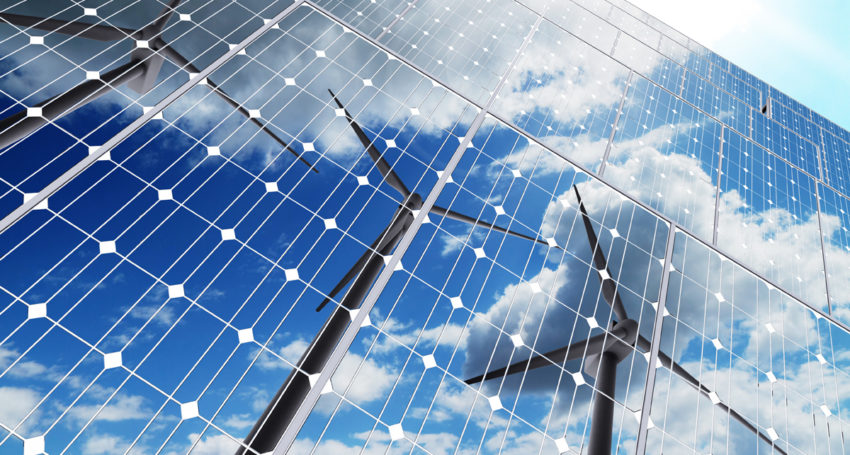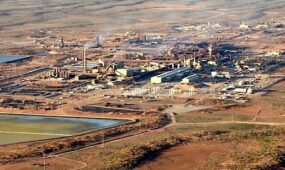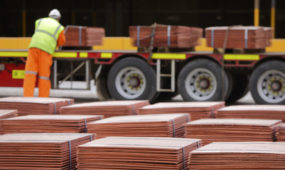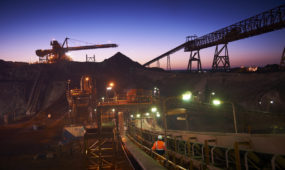AEMO gives SA-NSW interconnector project top priority
Mining & Resources
A $1.5 billion project to build a high capacity electricity interconnector linking South Australia and New South Wales has been listed as a top priority by interconnector the Australian Energy Market Operator.

Sign up to receive notifications about new stories in this category.
Thank you for subscribing to story notifications.

AEMO today published its Draft 2020 Integrated System Plan (ISP), listing the 330kv SA-NSW transmission line at the top of its Group 1 Priority Projects.
The 900km interconnector linking Robertstown in South Australia’s Mid North with Wagga Wagga in central New South Wales is expected to provide grid stability and lower electricity prices in South Australia when completed from 2022.
Electricity infrastructure provider ElectraNet is planning the $1.5 billion 800MW National Energy Grid interconnector with its NSW counterpart TransGrid. The project was listed as Group 2 in the previous 2018 Integrated Systems Plan.
Other projects given Group 1 priority in today’s 2020 Draft ISP include upgrades to interconnections linking Queensland with NSW and NSW with Victoria and Increasing inertia and fault current in South Australian transmission networks.
South Australian Minister for Energy and Mining Dan van Holst Pellekaan said the project would increase stability and reduce electricity prices for residential and commercial customers.
“In essence AEMO has labelled the SA-NSW interconnector a ‘no brainer’ to deliver cheaper, more reliable electricity for South Australian households and businesses,” he said.
“South Australia currently only has interconnection with Victoria which puts us at the end of the line and vulnerable to the type system risks that saw the entire state blacked out in 2016.”
Modelling released earlier in the year showed that small and medium businesses with significant electricity consumption will save many thousands of dollars each year when the interconnector is energised.
The South Australian Government granted the interconnector Major Project Status in June with the NSW Government is declaring it Critical State Significant Infrastructure in August.
AEMO describes Group 1 projects as critical to address cost, security and reliability issues and should be either underway or commencing soon.
The Draft 2020 Integrated System Plan (ISP) provides an actionable roadmap for the efficient development of the National Electricity Market. It uses forecasts of demand and generation retirements, scenario modelling and comprehensive engineering analysis to develop an optimal development path for Australia’s energy future.
The draft ISP also found:
- Rooftop solar capacity is expected to double or even triple, providing up to 22 per cent of total energy by 2040.
- More than 30 gigawatts (GW) of large-scale renewable energy is needed to replace coal-fired generation by 2040, with 63 per cent of Australia’s coal-fired generation set to retire by then.
- Up to 21 GW of new dispatchable resources are needed to back up renewables, in the form of utility-scale pumped hydro or battery storage, demand response such as demand-side participation, and distributed batteries participating as virtual power plants.
- System services including voltage control, system strength, frequency management, power system inertia and dispatchability all need to be managed as the generation mix changes.
- Targeted and strategic investment in the grid is needed to balance resources across states and unlock much needed Renewable Energy Zones (REZ).
AEMO’s Managing Director and Chief Executive Officer Audrey Zibelman said the Draft lays out the future requirements of the energy system to deliver the most cost-effective pathway considering multiple scenarios for achieving a secure and reliable system.
“We’ve been working collaboratively with the energy sector on an actionable roadmap to manage a smooth transition that maximises benefits and avoids unnecessary costs for Australian consumers,” she said.
“To maximise economic benefits, as traditional generators retire, Australia must invest in a modern energy system with significant consumer-led distributed energy resources – such as rooftop solar – and utility-scale variable renewable energy, supported by sufficient dispatchable resources and well targeted augmentations to the electricity network,” she said.
The interconnector will play a critical role in exporting excess renewable electricity to the eastern states, particularly if several of the many green energy generation projects approved this year go ahead.
South Australia leads the nation in the uptake of wind energy and rooftop solar with renewable sources accounting for more than 50 per cent of the electricity generated in the state.
This followed the closure of the state’s last coal-fired power station in 2016, which initially increased South Australia’s reliance on energy supplies from the eastern Australian states, particularly in times of peak demand.
South Australia is home to Tesla’s 100MW/129MWh battery, which became the “world’s largest lithium-ion battery” when it was installed at Neoen’s Hornsdale Wind Farm in December 2017. Neoen this year announced it would expand the battery by 50 per cent.
Jump to next article



